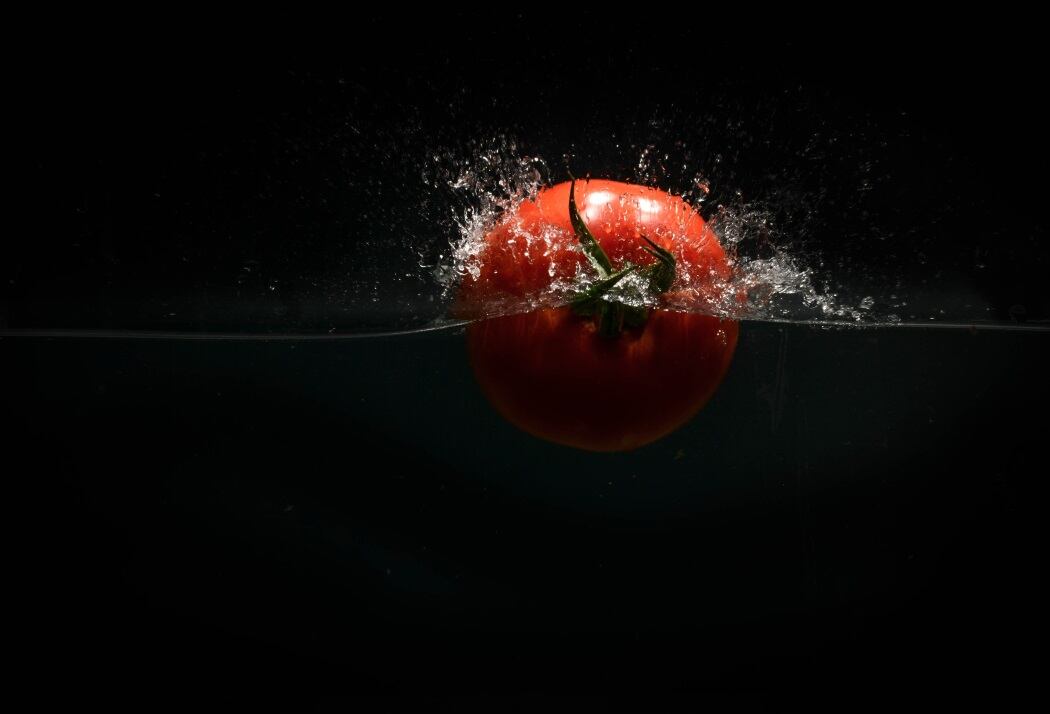Fruit and vegetables are important components of a healthy diet. They are rich sources of vitamins and minerals, dietary fibre and beneficial nutrients including plant sterols, flavonoids and antioxidants.
Low consumption is associated with poor health and an increased risk of non-communicable diseases such as cardiovascular disease and some types of cancer. According to the World Health Organization, an estimated 3.9m deaths worldwide were attributed to inadequate fruit and veg consumption in 2017.
The WHO recommends a minimum of 400g of fruit and vegetables per day, excluding potatoes and starchy tubers. However, the latest figures available from Eurostat suggest that European consumption is falling short.
For 2014, Eurostat revealed just 65.6% of the EU population aged 15 and over eat at least one portion of fruit or vegetables per day. One in seven people reported eating five portions a day, the level backed by government health bodies in the UK and other countries.
Increasing fruit and vegetable consumption is an important public health initiative. Public health campaigns focusing on getting your ‘five-a-day’ have raised awareness. But if many of us know we should be eating more fruit and veg, how can this be translated into behavioural change?
Researchers from Brigham Young University in the US and the Netherlands' Delft University of Technology believe they may have hit on a solution.
Black backgrounds ‘most attractive’
A new study by industrial design Professor Bryan Howell and Dr Hendrik Schifferstein looked at how the backgrounds of grocery store displays impact the attractiveness of vegetables.
The research, published in the Journal of Food Quality and Preference, tested a variety of colours and neutral shades. It found consumers responded most positively when a black background was used to display produce.
"If the goal is to boost sales of fresh produce in retail stores, it makes sense that vendors present them in an attractive and appetising manner," Professor Howell said. "In the design world, black has always been the cool colour, but I didn't know it would carry over into the vegetable world."
The study asked 46 participants to assess five items of produce - mushroom, bell pepper, carrot, tomato and aubergine - on various shades of backgrounds between black and white. Participants then rated attractiveness and perceived expensiveness ratings for each item.
The researchers had already tested the vegetables against a larger spectrum of coloured backgrounds, but found that cool, warm, orange and blue hued backgrounds were ‘not optimal’ for presentation
Yellow peppers were rated the most attractive and expensive across all the white, grey and black backgrounds, while carrots generally rated the least attractive and expensive. However, carrots got the biggest boost in ratings when paired with a black background, jumping aubergines and mushrooms in attractiveness.
The finding lines up with previous studies that find black to be associated with high quality and expensiveness in multiple contexts. "I did a lot of colour studies when I worked at Dell Computers and black was always the answer for computing products," Professor Howell noted in a statement.
The researchers suggested these findings may be of ‘direct relevance’ to retailers, adding that it could also have implications for vegetable packaging design and marketing.
"I think stores can do a much better job at presenting their vegetables than they do," Professor Howell said. "This is a bit of fun research that can help."
Source
Food Quality and Preference
'How neutral coloured backgrounds affect the attractiveness and expensiveness of fresh produce'
Published online ahead of print
DOI: https://doi.org/10.1016/j.foodqual.2019.05.018
Authors: Bryan Howell, Hendrik Schifferstein



